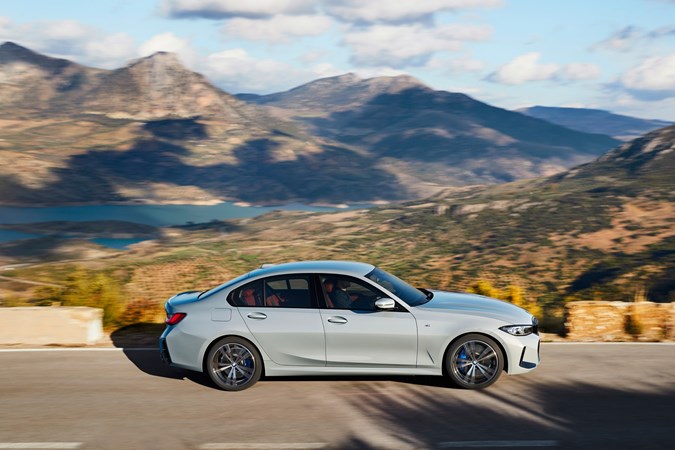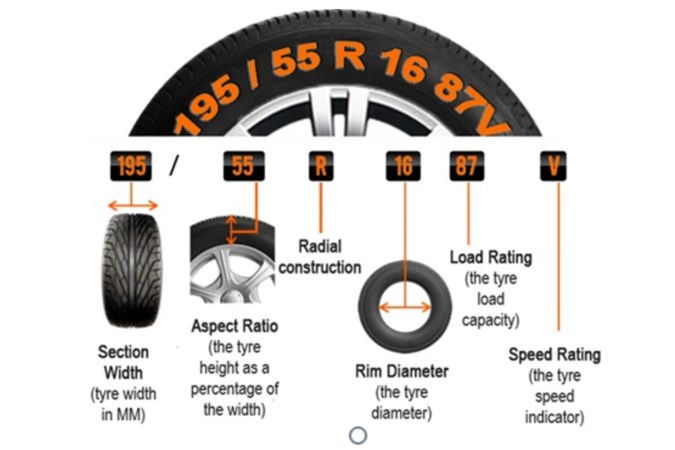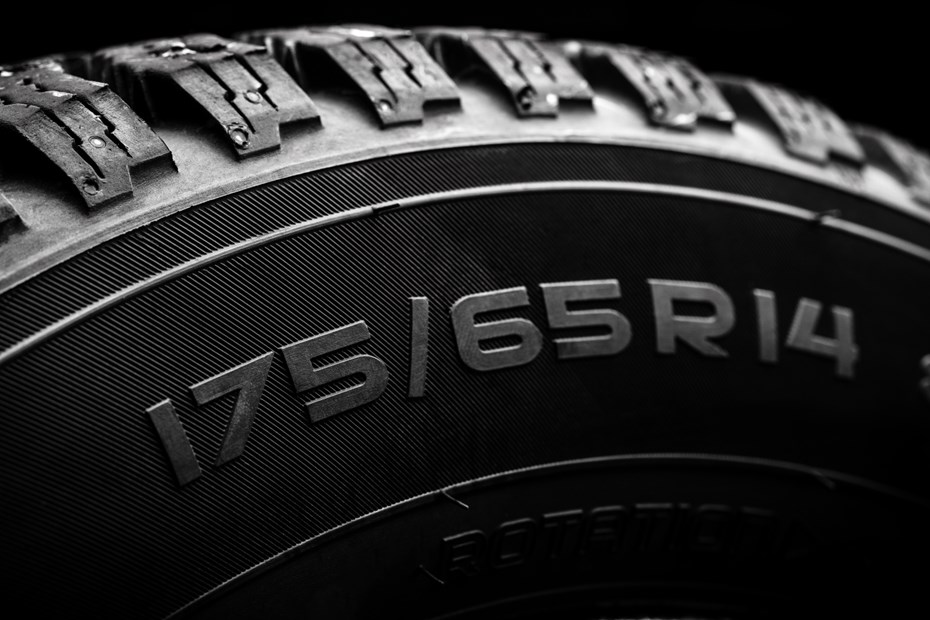Tyres are so crucial to the motoring experience. But they are so confusing. The labels, the sizes, the technology; so much has changed over the decades of car usage. Tyre sizing alone is bamboozling. It concerns the width and height of the rubber your car wears, as well as the maximum speed you’re allowed to travel in them.
Although the numbers are on the sidewall, it’s like they’ve been written in a code. If you don’t know how to decipher them, you’re not alone.
Parkers expertly guides you through all you need to know about car tyres sizes.
All you need to know about tyres
Why do I need to know about tyre sizes?
If you bought your car new, without modifications, and intend to take it to a dealer or tyre specialist for new tyres you probably don’t need to worry about the exact specification of your tyres, and you will find them displayed (along with the recommended pressure) on a compliance and specification plate somewhere on your car if you need them in an emergency such as a blowout.
However, if you want to buy replacement tyres online from companies such as blackcirles.com, are buying a secondhand car and want to make sure it has the correct wheels and tyres, or want to modify your car’s wheels for winter use or to upgrade the handling, then understanding tyre sizes will ensure you stay legal and safe, and can get the best deals.

What tyre sizes fit your car?
You can often look up the correct tyre size for your car using the registration number with suppliers such as Amazon, Kwik-Fit or ATS.
In the fuel filler door, inside the door panel on the pillar, or sometimes in the glovebox you should find a diagram showing different tyre pressures for single occupant, fully laden and sustained high speed – which will also give the tyre size range for your car.
This will also be in the handbook, but specifications can vary and with used cars, you may have aftermarket wheels fitted.
As a rule if you’re unsure about your tyre pressure on aftermarket wheels and tyres, around 30 to 35 psi is a safe range. Ensure they are the same on either side of the car, but some cars use different pressures for the front and rear. If in doubt check with your manufacturer or tyre specialist.
Tyre size explained
In simple terms, the format of the tyre size will almost always follow this pattern on any modern car:

Above, we have an image of a typical tyre size – 195/55 R16 87V
The numbers always break down in the following way:
195 The width of the tyre in mm. Typically, the higher the number, the more grip you get. But not always!
55 The profile of the tyre. By that, we mean the height of the sidewall expressed as a percentage of the width. So this one would be 107.25mm high.
The lower the profile, the less the tyre distorts under sideways force, such as cornering, which is good for handling on performance cars. However, it also means there is less cushioning between the wheel rim and the road, so a low profile tyre is only really an upgrade if you want to prioritise handling over comfort.
R Means it’s a radial tyre.
Before the invention of radial tyres, older cars often used a different construction of reinforcement material, called ‘crossply’. These days it is unlikely you will find these tyres except in historic or specialist applications, and road cars all use radial tyres.
16 Is the diameter of the road wheel, expressed in inches.
87 This is the tyre’s load rating. The higher the number, the more weight each tyre is able to carry. In this instance, 87 would equal 615kg. Multiply that figure by four, and you get an idea of the total load your car can carry.
V The speed rating. Again, the higher the letter, the faster speed your car is capable of travelling safely. In this case, the tyre is guaranteed up to 149mph. There is a table of speed ratings below.

Why it’s important to get the right tyres
Sometimes it might be tempting to buy a lower speed rated tyre (in the same size) for your car in order to cut the cost of your tyres. In speed-restricted UK you might wonder why you need 150mph+ rated tyres – but they are rated so highly for a reason.
Some manufacturers offer specially-matched tyres for marques such as Mercedes-Benz, with logos and OEM approval. You may also need to fit run-flat tyres for the rims on your car.
In terms of longevity, heat resistance, and wear, you must stick to the recommended rating in order to remain safe. But you will also invalidate your insurance if you fit incorrectly-specified tyres – if in doubt, ask directly.
Tyre speed rating guide
- N 87mph
- P 93mph
- Q 99mph
- R 106mph
- S 112mph
- T 118mph
- U 124mph
- H 130mph
- V 149mph
- Z 150mph+
- W 168mph
- Y 186mph
Looking for more jargon-busting motoring meanings? Head over to our Parkers Car Glossary page and take a look at our other definitions.
What to read next:
Everything you need to know about car tyres
What are winter tyres, and do you need them?
The most economical cars on sale today











